SLLSFK3 november 2022 ISOW7741-Q1 , ISOW7742-Q1
PRODUCTION DATA
- 1
- 1 Features
- 2 Applications
- 3 Description
- 4 Revision History
- 5 Description (continued)
- 6 Pin Configuration and Functions
-
7 Specifications
- 7.1 Absolute Maximum Ratings
- 7.2 ESD Ratings
- 7.3 Recommended Operating Conditions
- 7.4 Thermal Information
- 7.5 Power Ratings
- 7.6 Insulation Specifications
- 7.7 Safety-Related Certifications
- 7.8 Safety Limiting Values
- 7.9 Electrical Characteristics - Power Converter
- 7.10 Supply Current Characteristics - Power Converter
- 7.11 Electrical Characteristics Channel Isolator - VIO, VISOIN = 5-V
- 7.12 Supply Current Characteristics Channel Isolator - VIO, VISOIN = 5-V
- 7.13 Electrical Characteristics Channel Isolator - VIO, VISOIN = 3.3-V
- 7.14 Supply Current Characteristics Channel Isolator - VIO, VISOIN = 3.3-V
- 7.15 Electrical Characteristics Channel Isolator - VIO, VISOIN = 2.5-V
- 7.16 Supply Current Characteristics Channel Isolator - VIO, VISOIN = 2.5-V
- 7.17 Electrical Characteristics Channel Isolator - VIO, VISOIN = 1.8-V
- 7.18 Supply Current Characteristics Channel Isolator - VIO, VISOIN = 1.8-V
- 7.19 Switching Characteristics - 5-V Supply
- 7.20 Switching Characteristics - 3.3-V Supply
- 7.21 Switching Characteristics - 2.5-V Supply
- 7.22 Switching Characteristics - 1.8-V Supply
- 7.23 Insulation Characteristics Curves
- 7.24 Typical Characteristics
- 8 Parameter Measurement Information
- 9 Detailed Description
- 10Application and Implementation
- 11Power Supply Recommendations
- 12Layout
- 13Device and Documentation Support
- 14Mechanical, Packaging, and Orderable Information
7.24 Typical Characteristics

| VSEL = GND2 | TA = 25°C | VISOOUT = 3.3 V |

| TA = 25°C |

| TA = 25°C |

| VSEL = VISOOUT | VDD = 5 V | No VISOOUT Load |

| CL = 15 pF | TA = 25°C |

| CL = 15 pF | TA = 25°C |
 Figure 7-15 Power-Supply
Undervoltage Threshold vs Free Air Temperature
Figure 7-15 Power-Supply
Undervoltage Threshold vs Free Air Temperature
| TA = 25°C |

| VDD = 5 V | VISOOUT = 3.3 V | TA = 25°C |

| VDD = 5 V | VISOOUT = 3.3 V | 10 uF Capacitor on VISOOUT |
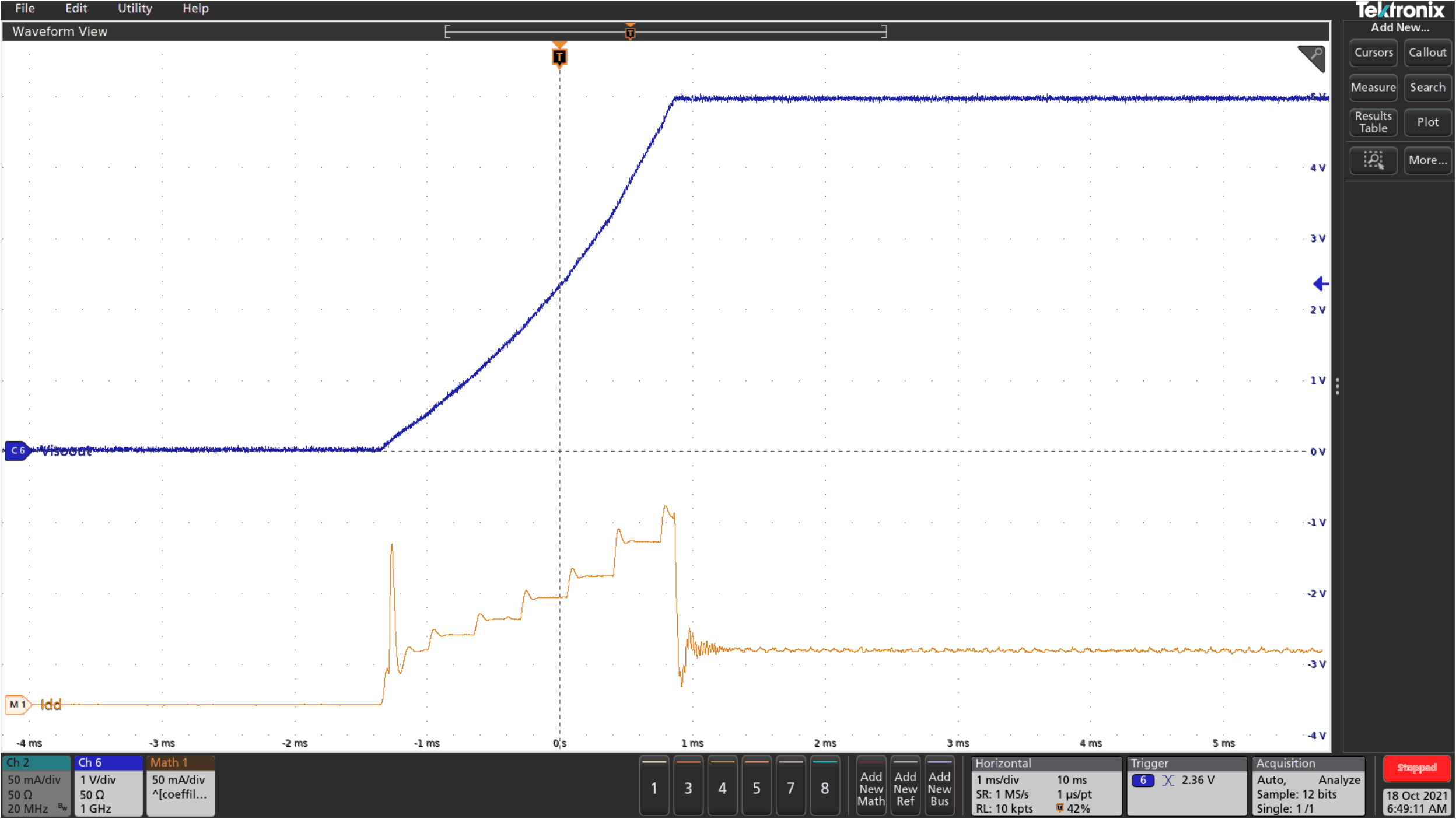
| VDD = 5 V | VISOOUT = 5 V | 10 uF Capacitor on VISOOUT |
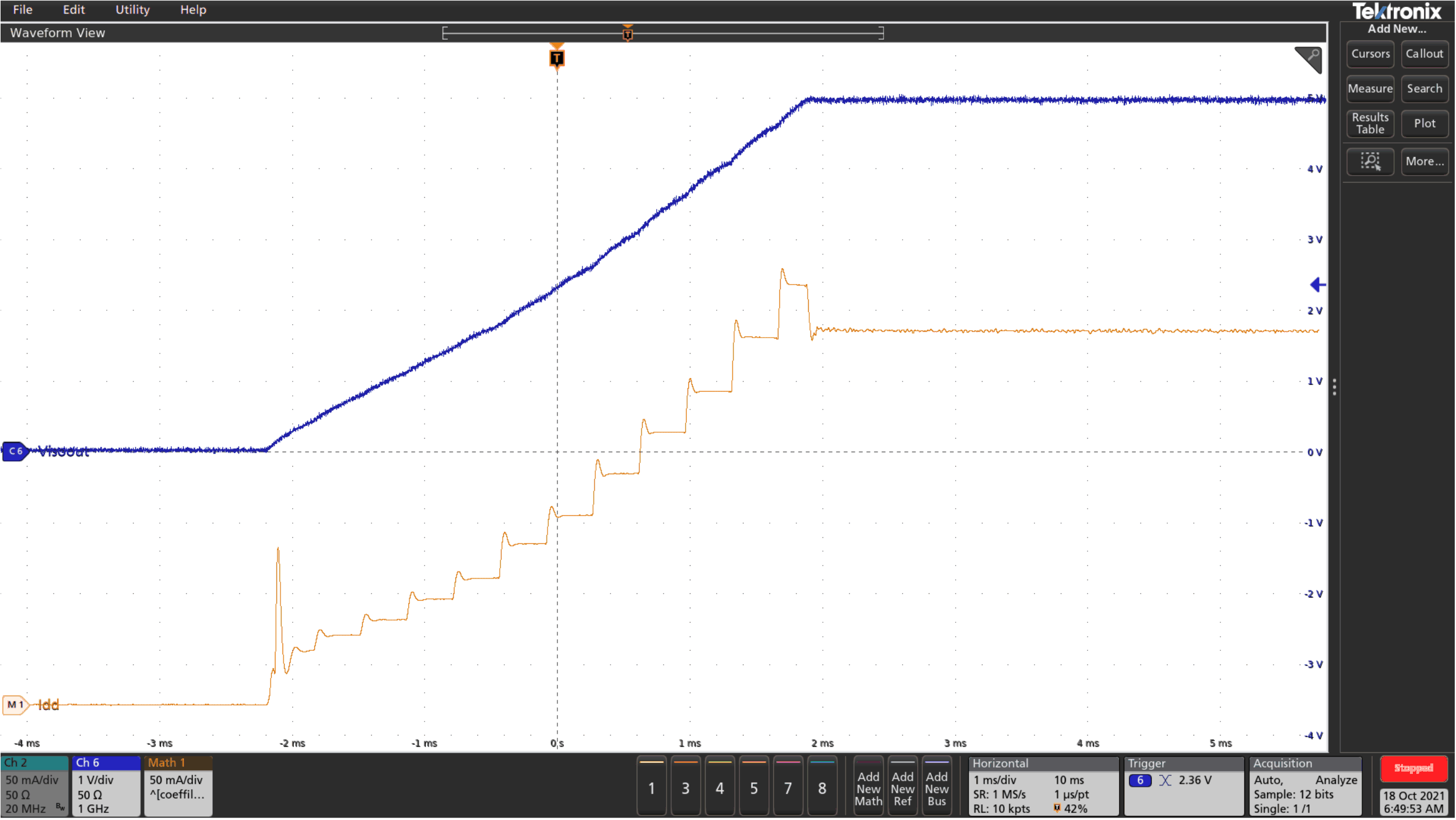
| VDD = 5 V | VISOOUT = 5 V | 10 uF Capacitor on VISOOUT |
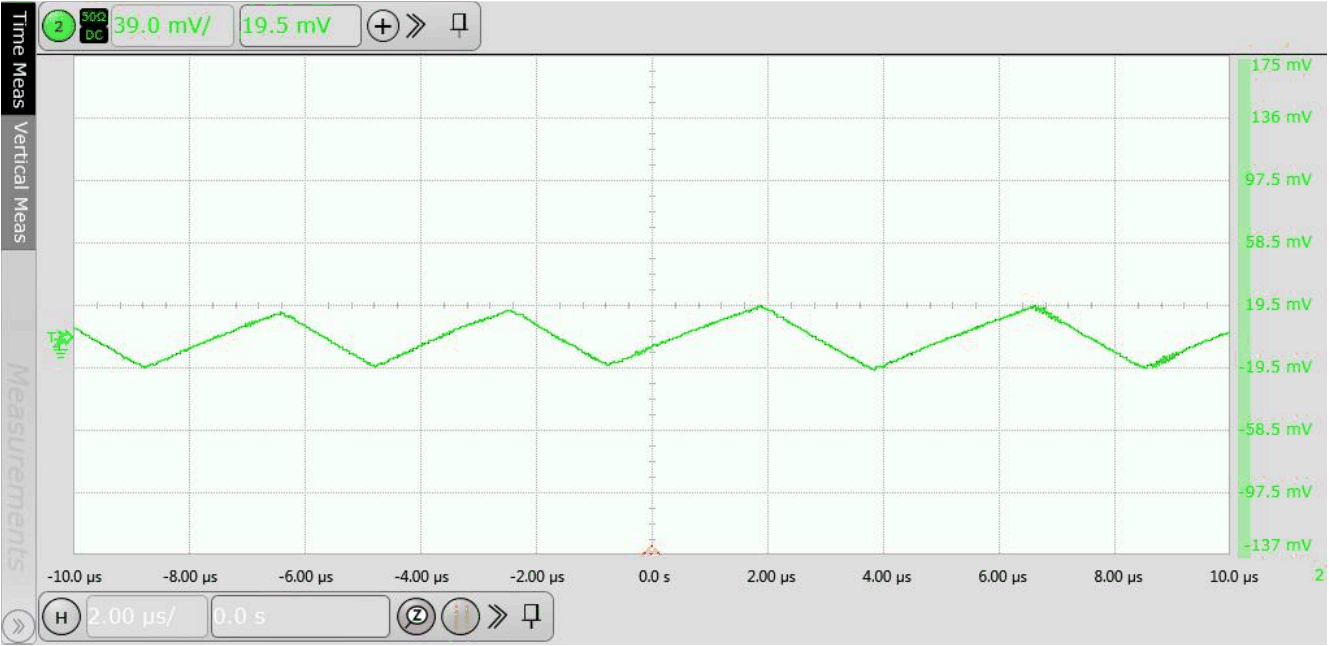
| VDD = 5 V | VISOOUT = 5 V | 10 uF Capacitor on VISOOUT |

| VDD = 5 V | VISOOUT = 5 V | 100 uF Capacitor on VISOOUT |

| VSEL = VISOOUT | TA = 25°C | VISOOUT = 5 V |

| TA = 25°C |

| VSEL = GND2 | VDD = 5 V | No VISOOUT Load |

| VSEL = VISOOUT | VISOOUT = GND2 | TA = 25°C = GND1 |

| CL = 0 pF | TA = 25°C |

| CL = 0 pF | TA = 25°C |


| TA = 25°C |

| VDD = 5 V | VISOOUT = 3.3 V | 10 uF Capacitor on VISOOUT |

| VDD = 5 V | VISOOUT = 3.3 V | 10 uF Capacitor on VISOOUT |
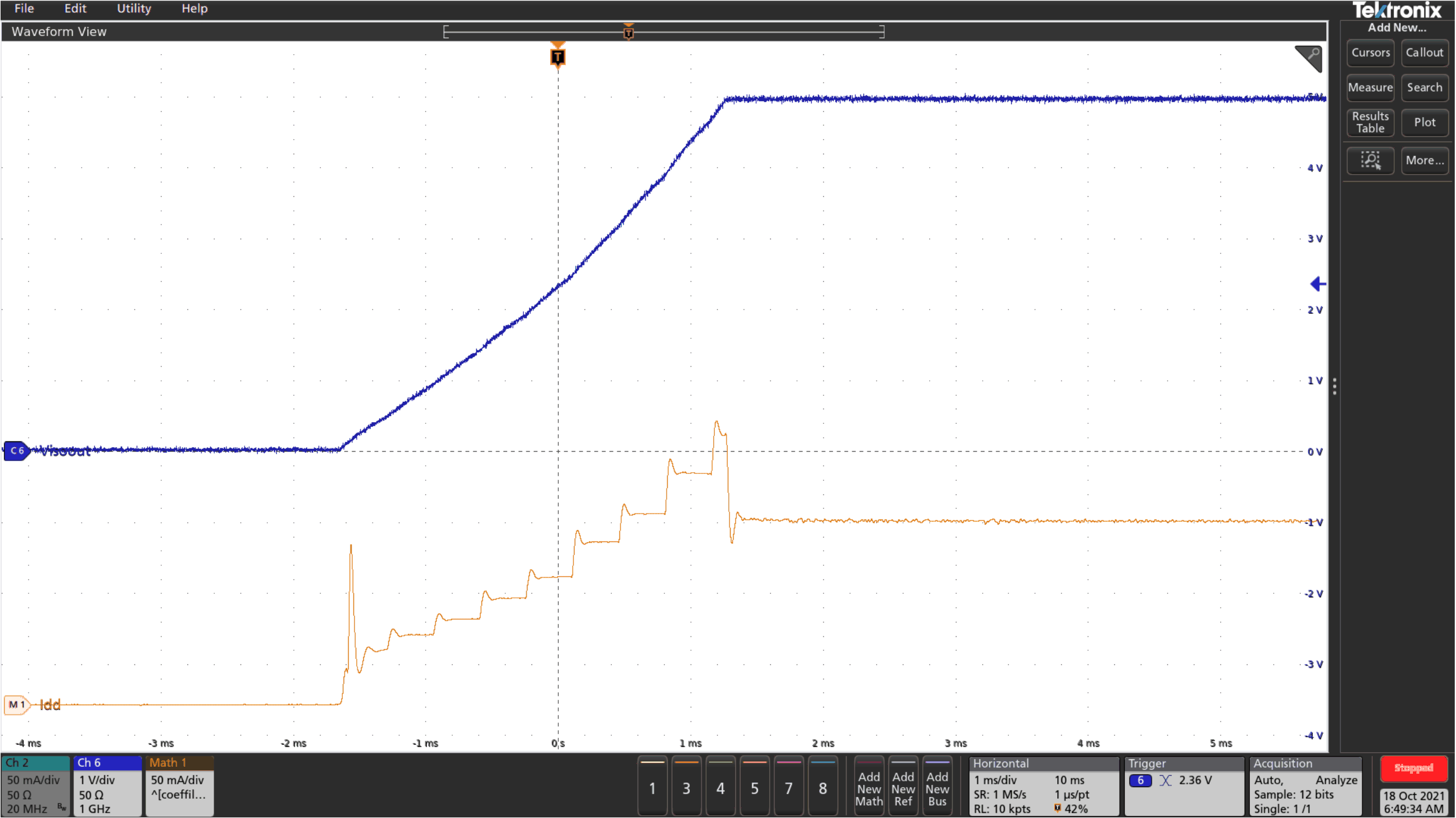
| VDD = 5 V | VISOOUT = 5 V | 10 uF Capacitor on VISOOUT |
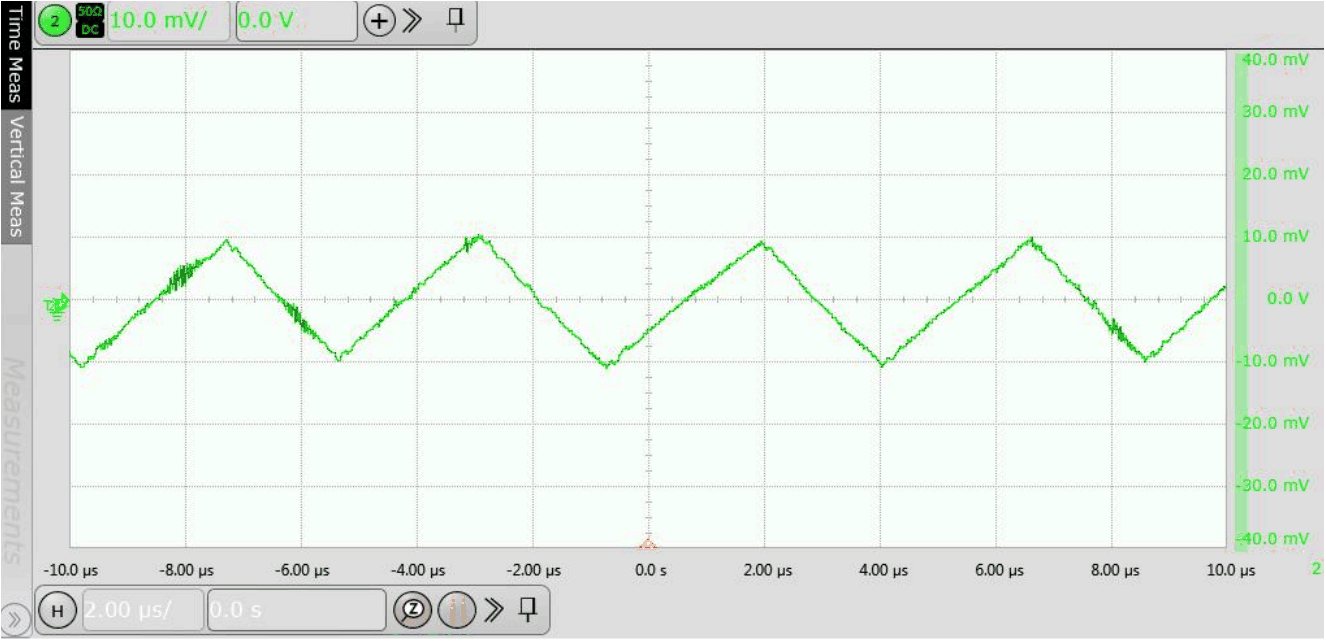
| VDD = 3.3 V | VISOOUT = 3.3 V | 10 uF Capacitor on VISOOUT |

| VDD = 3.3 V | VISOOUT = 3.3 V | 100 uF Capacitor on VISOOUT |

| TA = 25°C |